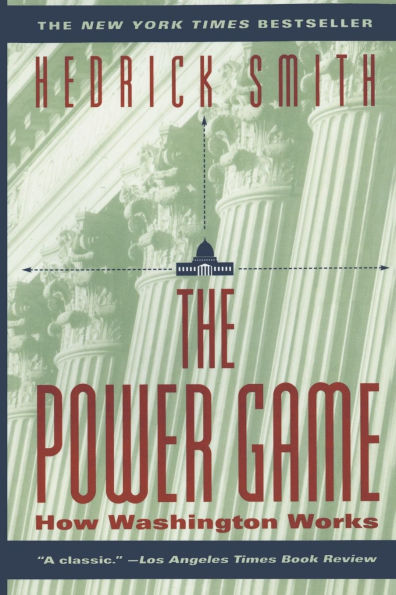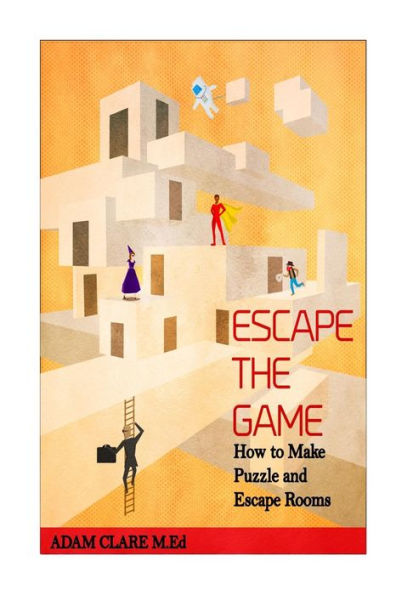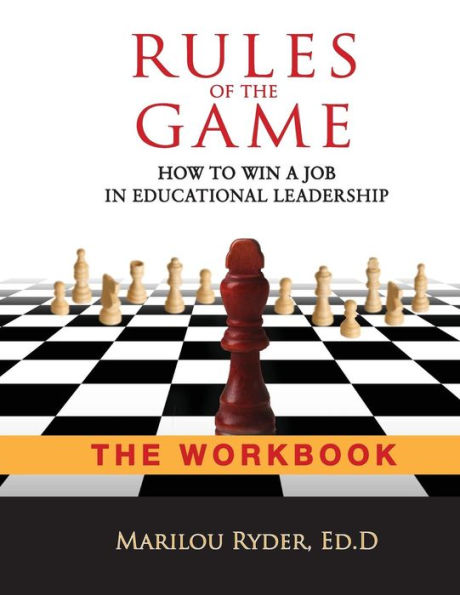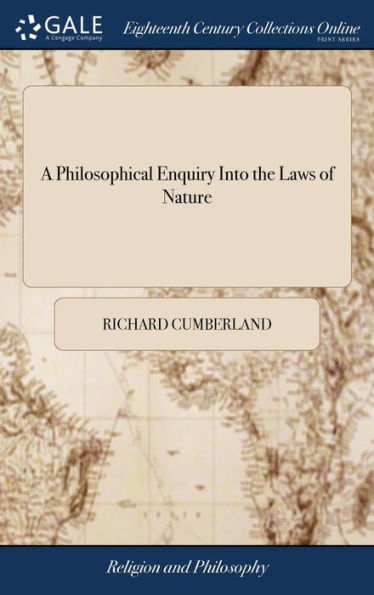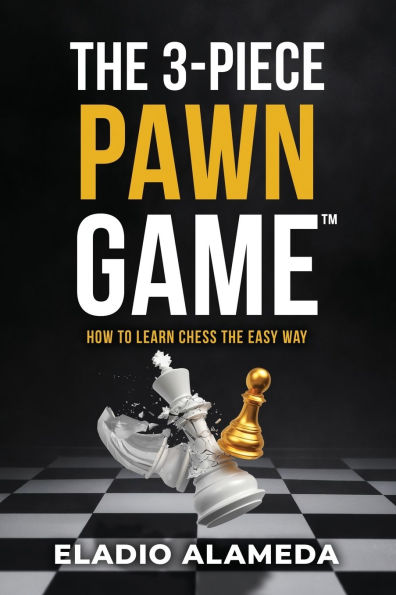Home
Laws of the Game: How the Principles of Nature Govern Chance
Barnes and Noble
Loading Inventory...
Laws of the Game: How the Principles of Nature Govern Chance in Franklin, TN
Current price: $50.00
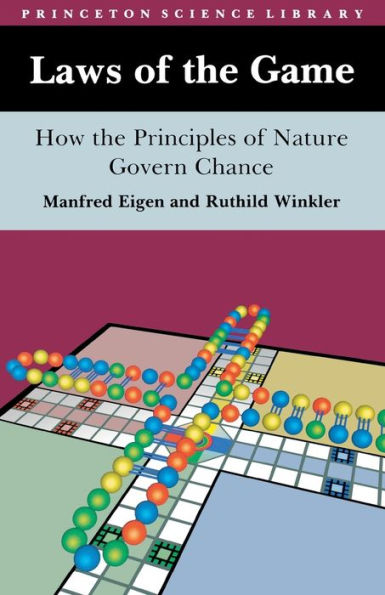
Barnes and Noble
Laws of the Game: How the Principles of Nature Govern Chance in Franklin, TN
Current price: $50.00
Loading Inventory...
Size: OS
Using game theory and examples of actual games people play, Nobel laureate Manfred Eigen and Ruthild Winkler show how the elements of chance and rules underlie all that happens in the universe, from genetic behavior through economic growth to the composition of music.
To illustrate their argument, the authors turn to classic gamesbackgammon, bridge, and chessand relate them to physical, biological, and social applications of probability theory and number theory. Further, they have invented, and present here, more than a dozen playable games derived from scientific models for equilibrium, selection, growth, and even the composition of RNA.
To illustrate their argument, the authors turn to classic gamesbackgammon, bridge, and chessand relate them to physical, biological, and social applications of probability theory and number theory. Further, they have invented, and present here, more than a dozen playable games derived from scientific models for equilibrium, selection, growth, and even the composition of RNA.
Using game theory and examples of actual games people play, Nobel laureate Manfred Eigen and Ruthild Winkler show how the elements of chance and rules underlie all that happens in the universe, from genetic behavior through economic growth to the composition of music.
To illustrate their argument, the authors turn to classic gamesbackgammon, bridge, and chessand relate them to physical, biological, and social applications of probability theory and number theory. Further, they have invented, and present here, more than a dozen playable games derived from scientific models for equilibrium, selection, growth, and even the composition of RNA.
To illustrate their argument, the authors turn to classic gamesbackgammon, bridge, and chessand relate them to physical, biological, and social applications of probability theory and number theory. Further, they have invented, and present here, more than a dozen playable games derived from scientific models for equilibrium, selection, growth, and even the composition of RNA.
